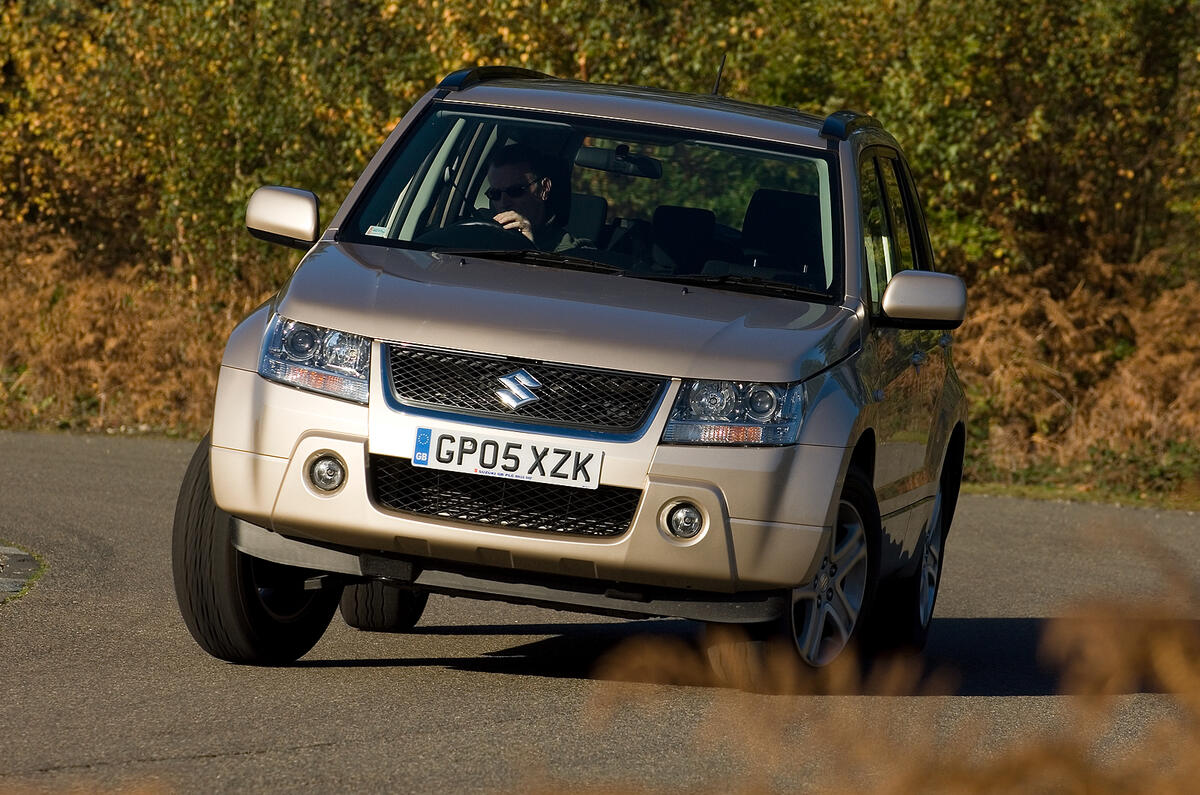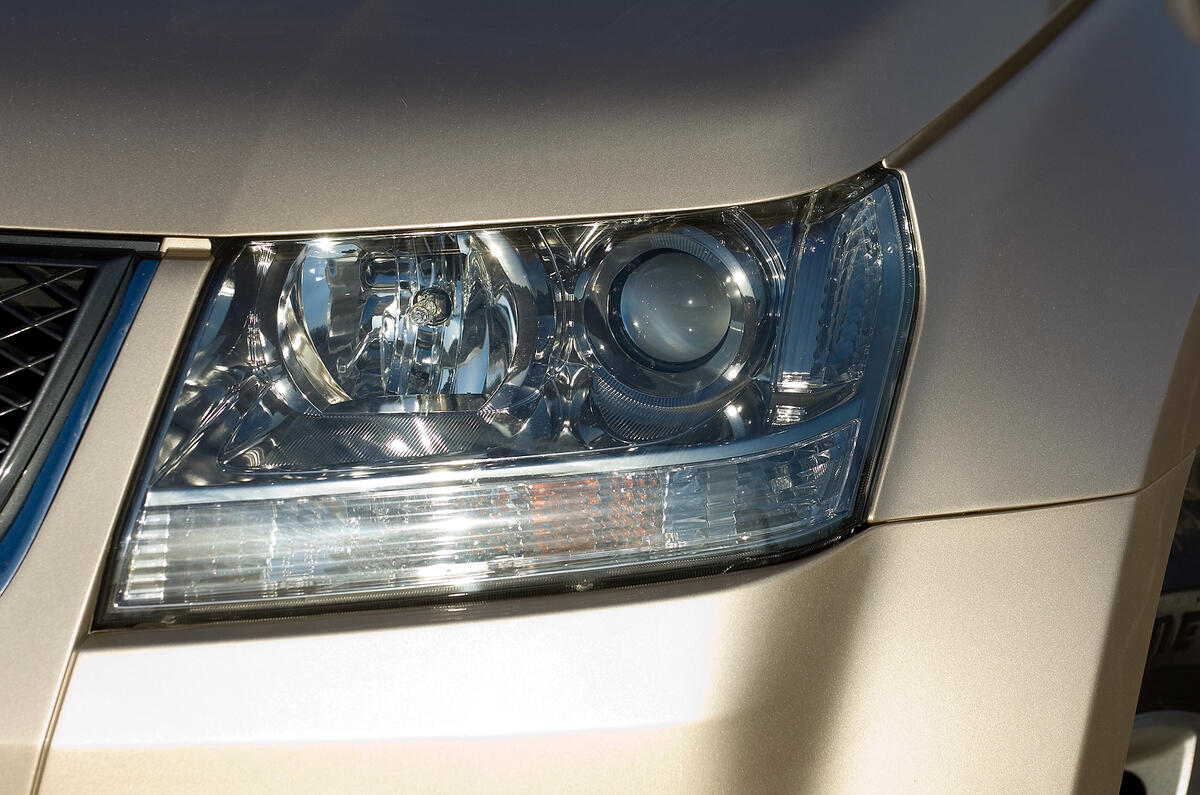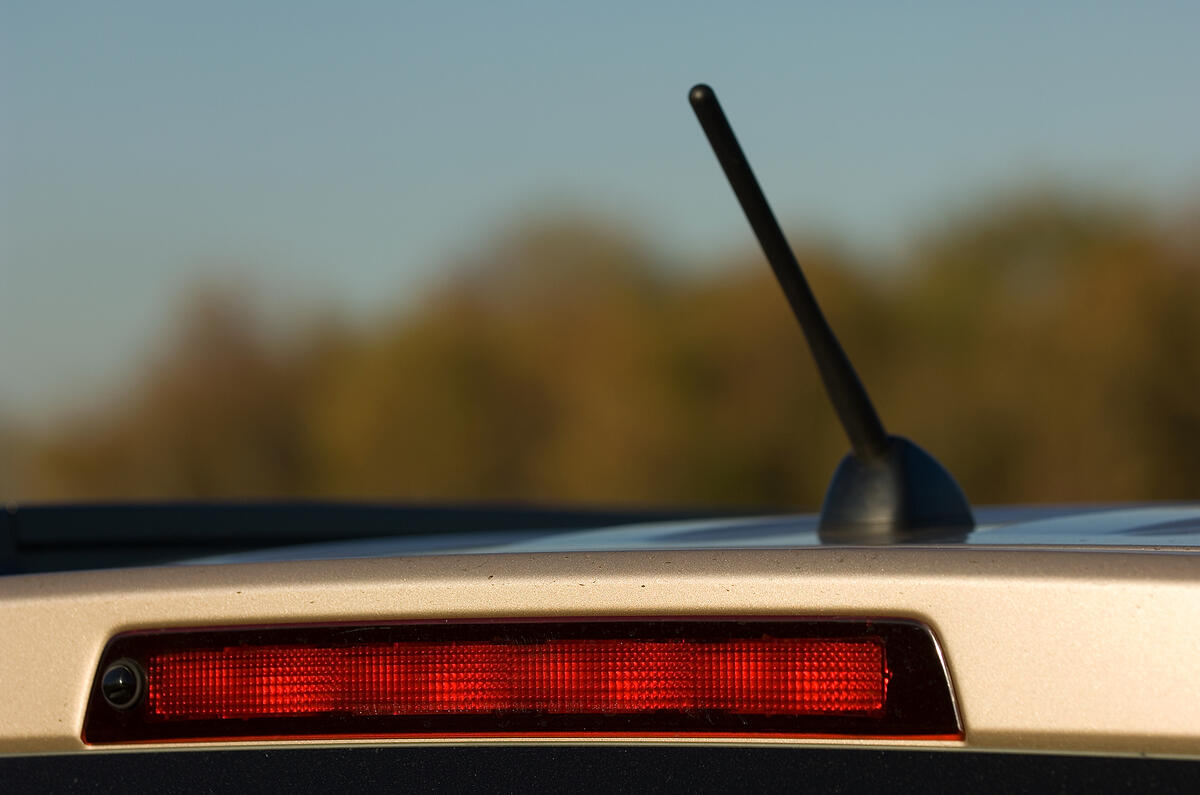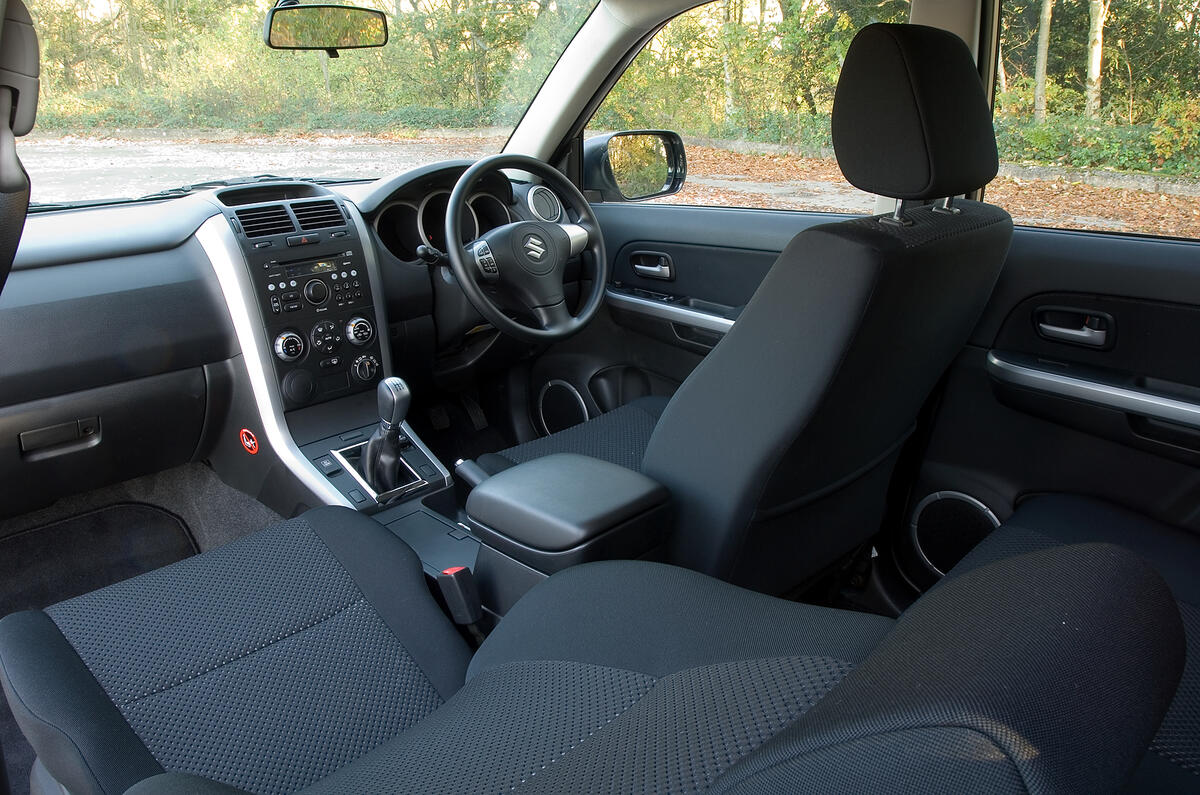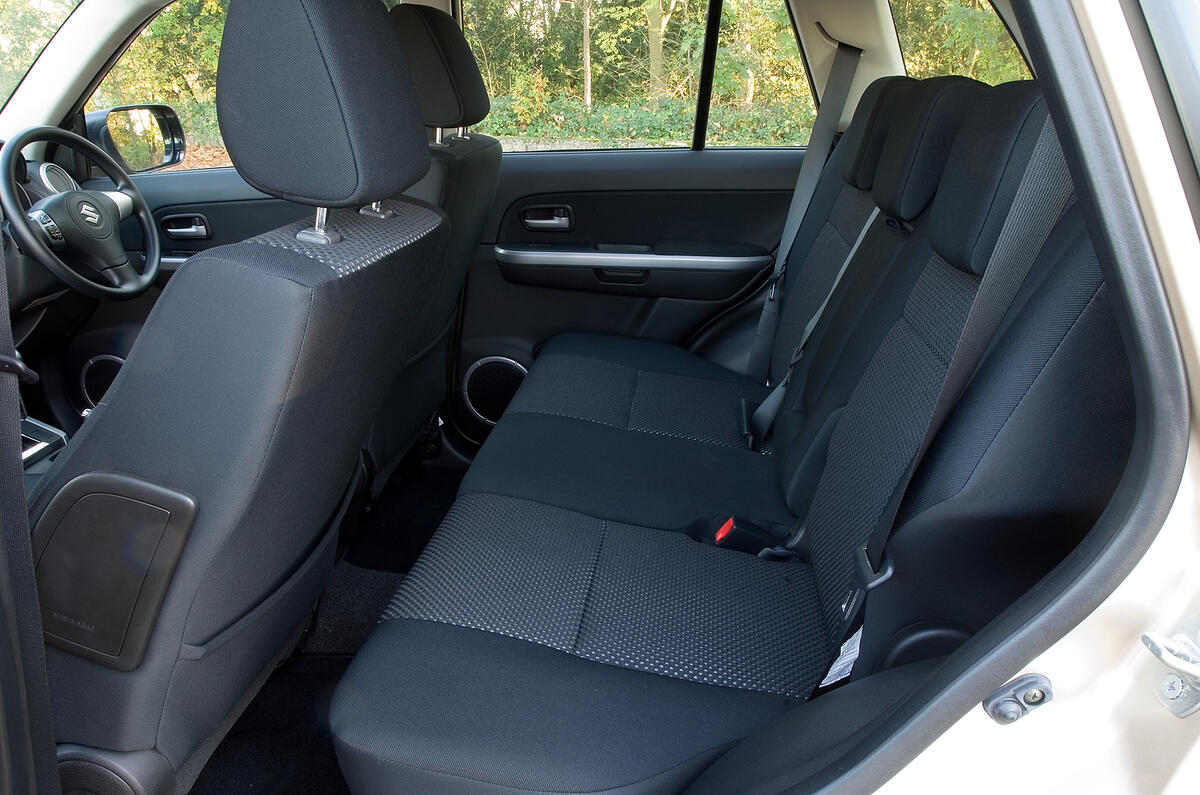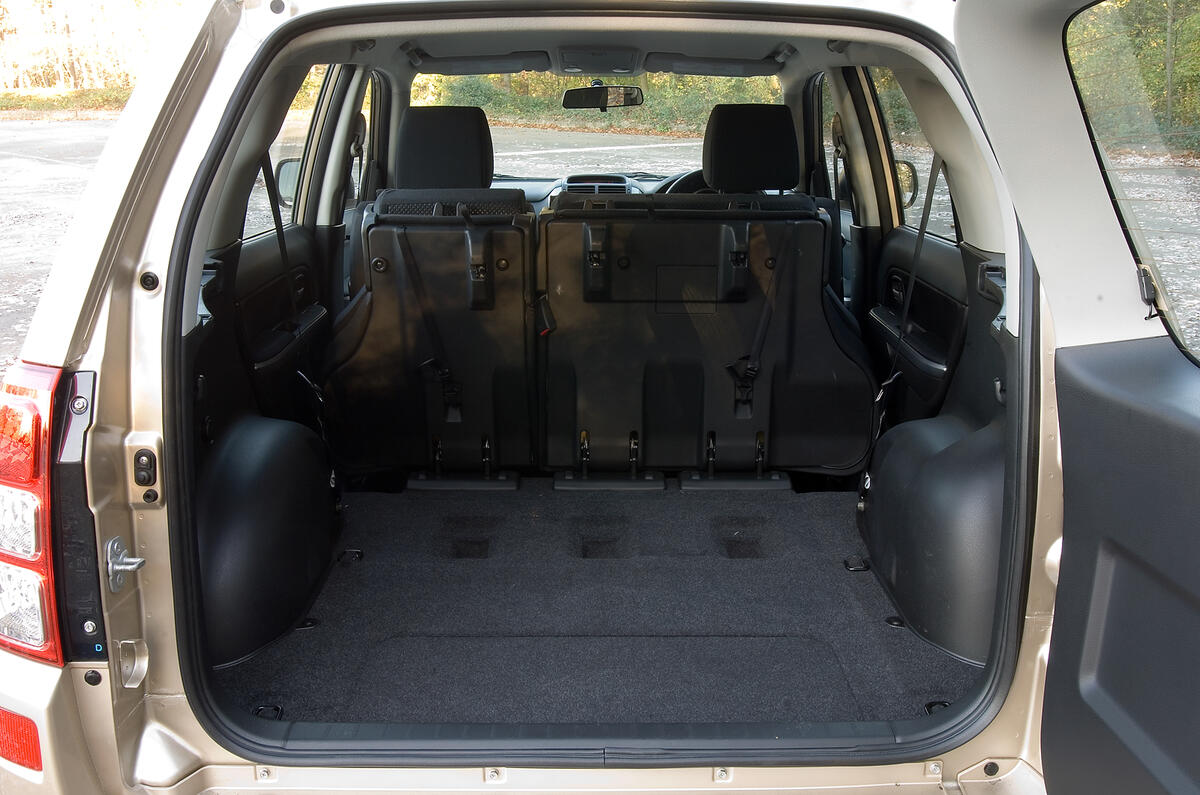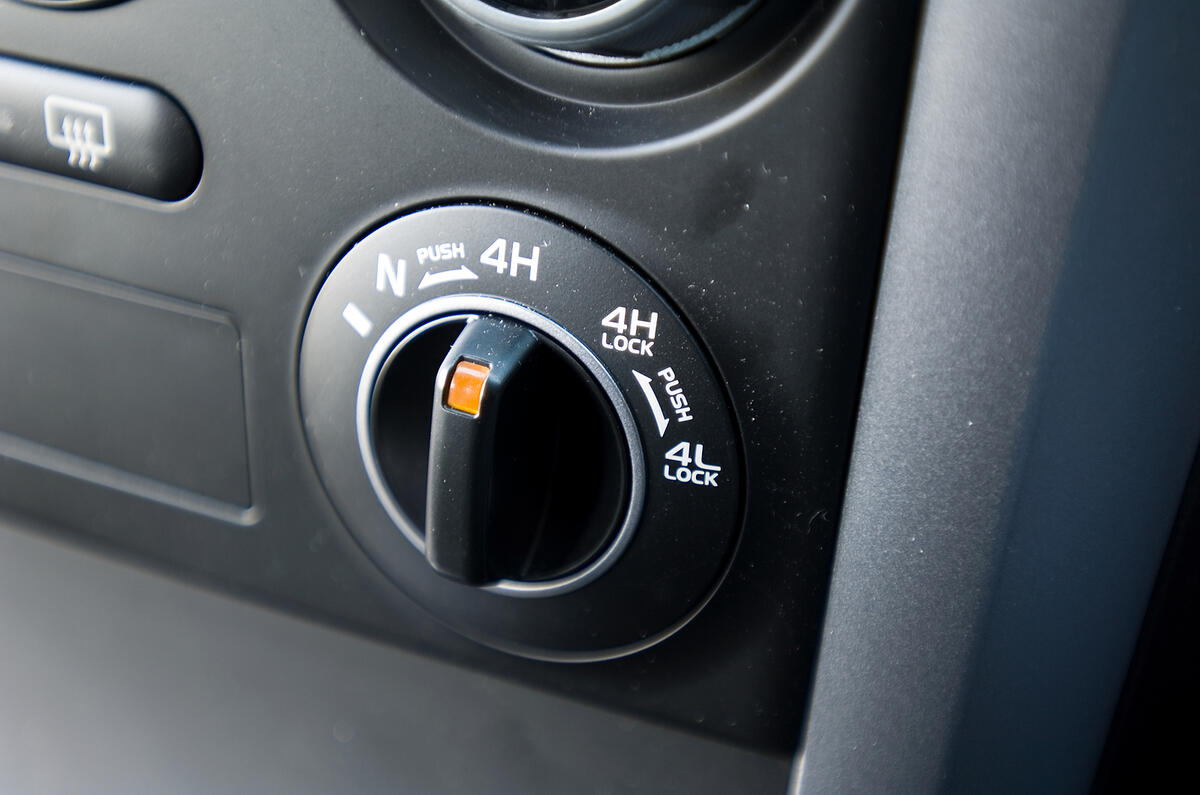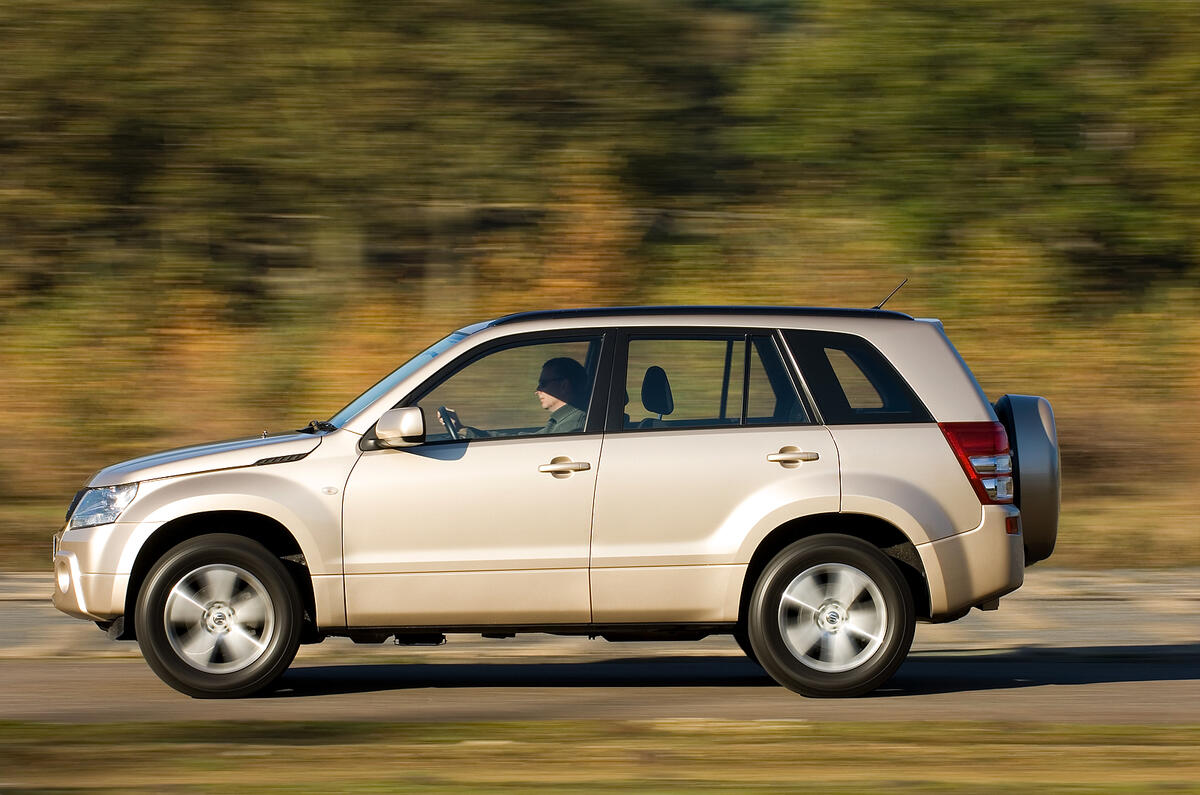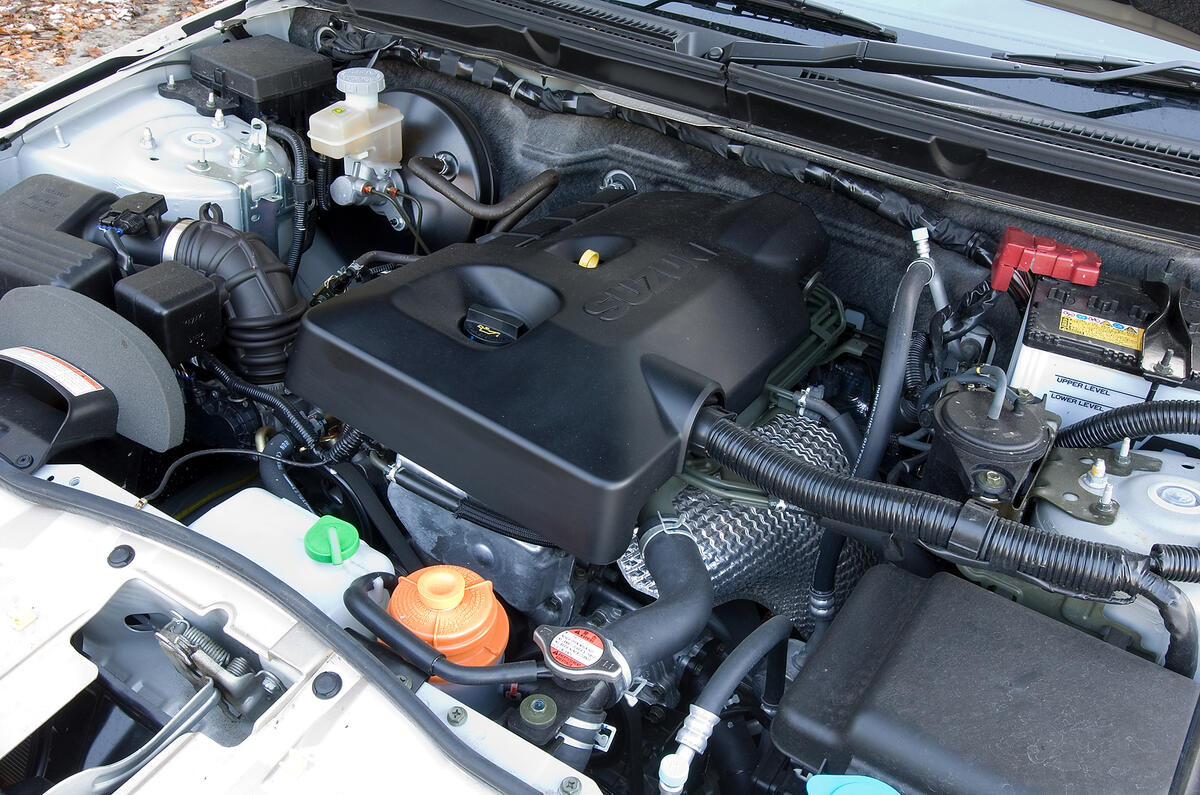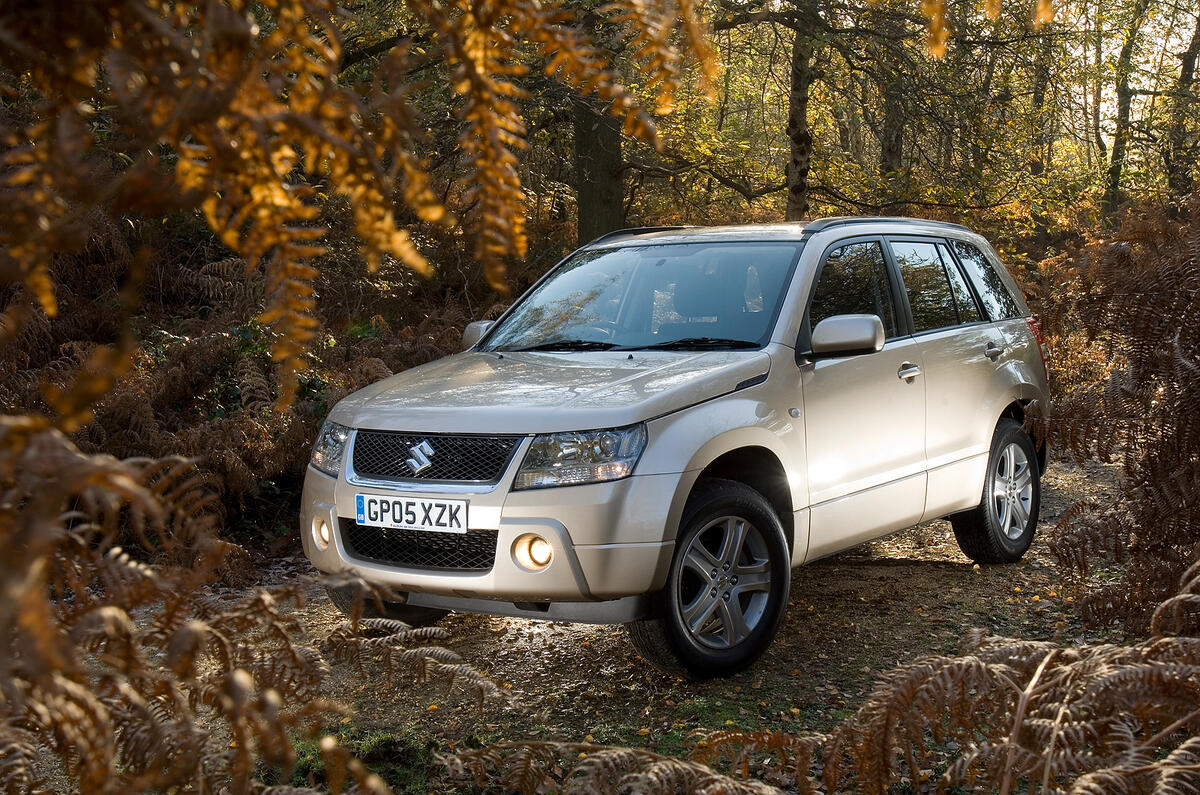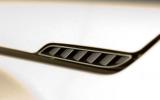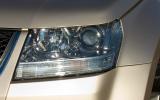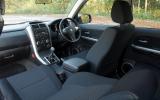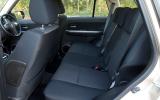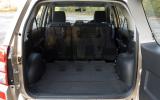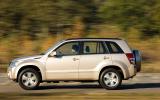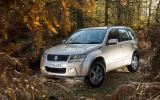Since its introduction in 1988, Suzuki’s Vitara has become a highly successful car. That's despite the fact that neither the first-generation car, nor its replacement introduced in 1998, was a particularly competitive on-road performer. Against that they were attractive, well-priced and fairly good off-road.
That’s not good enough these days. The current Grand Vitara has to hold its head above water in a busy sector of the market, and while it offers more in the way of traditional off-roading hardware than its more modern rivals, the trade-off could be a lack of the sophistication now normal in the compact SUV class.
Granted, most more recent opposition is also more expensive, but the success of the sector shows that people are prepared to pay. This road test features the 2.0-litre petrol version with 138bhp, an engine now supplanted by a 166bhp 2.4. A 127bhp, 1.9-litre, Renault-sourced turbodiesel is also offered.



